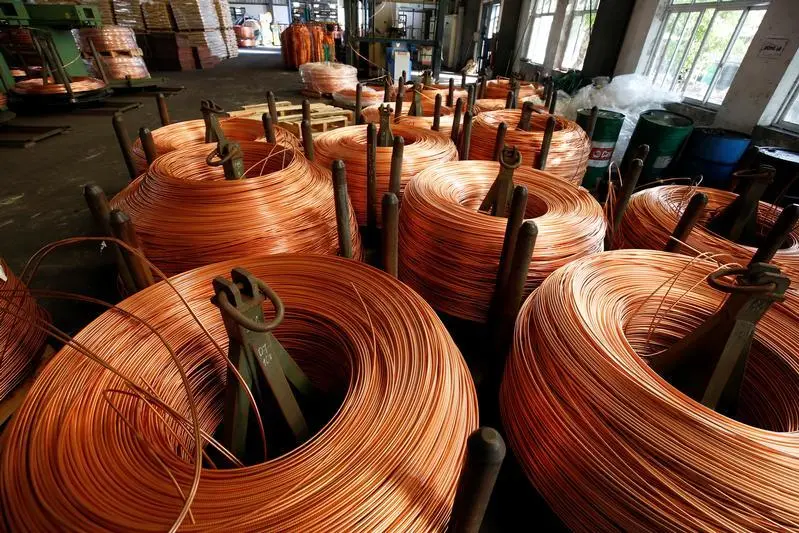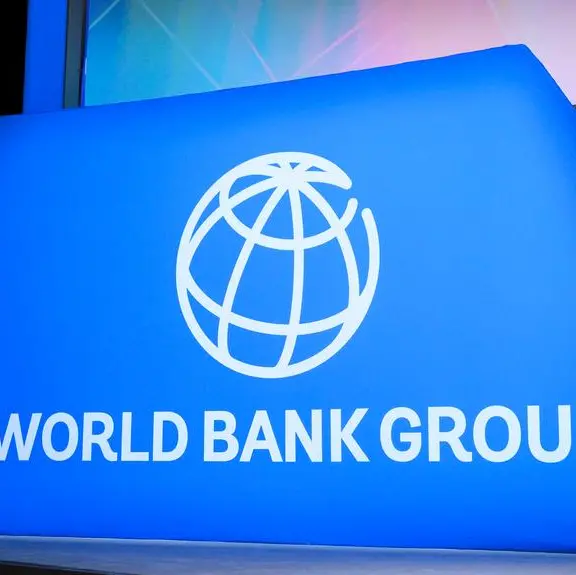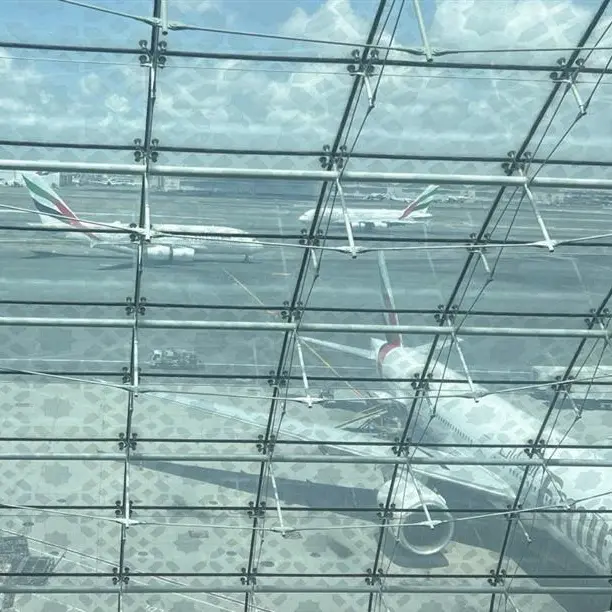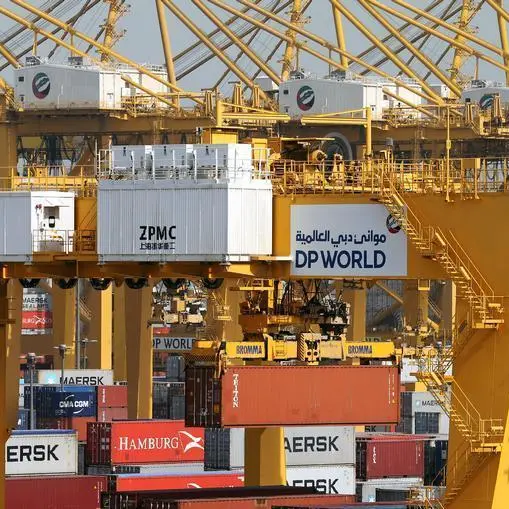PHOTO
(The opinions expressed here are those of the author, a columnist for Reuters.)
LONDON- The refined copper market will experience supply shortfalls both this year and next, the International Copper Study Group (ICSG) says.
The group has in fact lifted its 2019 deficit assessment to 189,000 tonnes from a forecast 65,000 tonnes at its last biannual meeting in October 2018. Next year's deficit is expected to be wider at 250,000 tonnes.
These are still marginal numbers given the size of the global copper market - 25 million tonnes - and prey both to statistical error and a highly changeable macroeconomic backdrop.
The rate of demand growth is a key variable and one that is very much to the fore as copper and other industrial metal markets eye nervously slowing global manufacturing activity and trade tensions between the United States and China.
Supply, by contrast, is more knowable and the key takeaway from the ICSG's latest forecasts is the marked lack of new mine supply expected over the next year and a half.
NO GROWTH, LOW GROWTH
The ICSG is expecting mine supply to be "essentially unchanged" this year, up just 0.2% at 20.64 million tonnes.
The world's copper mines churned out 2.5% more metal last year thanks to what was by copper's standards an unusually low rate of disruption.
The ICSG's forecasts include a "disruption allowance" and 2019 is shaping up to be a more normal year with several major producers already slicing production guidance during the first-quarter reporting season.
Extra supply will come from the new Cobre de Panama mine and the expansion of the Toquepala mine in Peru.
But the impact will be offset by falling output at the giant Grasberg mine in Indonesia as it moves from open-pit to underground operations and the expected negative impact on Zambian production from what the ICSG terms "regulatory/tax issues".
Improved output from Grasberg in 2020 is the main reason for an expected 1.9% increase in mine production next year, also allowing for potential disruptions. It's a subdued growth outlook, particularly given it will follow this year's complete dearth of extra production.
Others, by the way, don't think that global mine supply will grow at all this year.
The International Wrought Copper Council (IWCC) last month released its own copper market assessment, including a forecast that mine supply would actually fall by 2%, albeit with an expected slightly stronger 2.2% recovery next year.
TIGHTENING RAW MATERIALS MARKET
This lack of mine growth isn't doing much to support the copper price. London copper CMCU3 has been sliding since the start of the month, hitting a four-month low of $6,007.50 per tonne on Monday.
But it's clear to see in the raw materials segment of the market in the form of tumbling treatment and refining charges (TCRCs).
The charges for converting mined concentrates into refined metal are a sensitive gauge of raw material availability, falling during times of shortage and rising during times of plenty.
The China Smelters Purchase Team (CSPT), a grouping of some of the largest copper processors in the largest copper processing country, slashed their concentrates purchase floor price by 20 percent for the second quarter.
The minimum smelting charge of $73 per tonne and refining charge of 7.3 cents a pound is the lowest quarterly outcome since at least 2015 and below the annual 2019 benchmark terms of $80.8 and 8.08 respectively.
A tightening concentrates market reflects both the lack of mine growth and increased competition for raw materials within China.
New smelting-refining capacity is coming on stream, injecting an extra demand boost for copper concentrates.
China's concentrate imports have been running at a record pace so far this year. Cumulative imports totalled 7.24 million tonnes (bulk weight) in January-April, up 17% on last year's record flows.
Chinese smelters have evidently run the same mine supply numbers as everyone else and are building a stocks cushion in anticipation of the expected concentrates squeeze.
DEFICIT TODAY, DEFICIT TOMORROW
More Chinese smelting capacity will help lift refined production by 2.8% this year, the ICSG forecasts.
Although there are continued smelter operational issues in Zambia and Chile, last year's abnormal number of outages is not expected to be repeated.
But this year's lack of new mine supply will drag on refined production in 2020, limiting growth to 1.2%. Some offset will come from higher secondary production, using scrap as refining input, but the constraint on refined output next year underpins the group's higher deficit forecast.
The IWCC also expects a "statistical deficit" this year "similar to" the 312,000-tonne shortfall seen in 2018. That's appreciably wider than the ICSG number but unlike the ICSG the Council is forecasting a return to surplus next year.
Such are the niceties of trying to calculate a snapshot of a 25-million-tonne industrial metal market with myriad moving parts.
The trickiest part of the equation is the demand side because it is subject to multiple product supply-chain dynamics and macro drivers.
The ICSG expects apparent global usage to increase by a modest 1.9% this year and 1.4% next year. "A slowdown in world economic growth is expected to have an adverse impact on world refined copper usage growth in 2019 and 2020," it said.
The IWCC is in the same ball-park, suggesting a slowdown in growth from 3.4% in 2018 to 1.6% this year and 1.7% in 2020.
That won't, however, be enough to stop the global market recording a deficit of refined metal this year and, depending on whom you believe, next year as well.
Not that the copper price is paying much attention to supply at the moment. It is the outlook for global demand that is pressuring copper and the rest of the base metals trading on the London Metal Exchange.
Indeed, the ICSG inserts an important caveat to its calculations.
"ICSG recognizes that global market balances can vary from those projected owing to numerous factors that could alter projections for both production and usage, namely the current US-China trade issues, strength of the global economy especially the Chinese."
Quite.
But if the Group is right about mine supply, raw materials tightness is going to bite the refined copper market sooner or later.
(Editing by Alexander Smith) ((andy.home@thomsonreuters.com, 44-207-542-4412 and on Twitter https://twitter.com/AndyHomeMetals))












